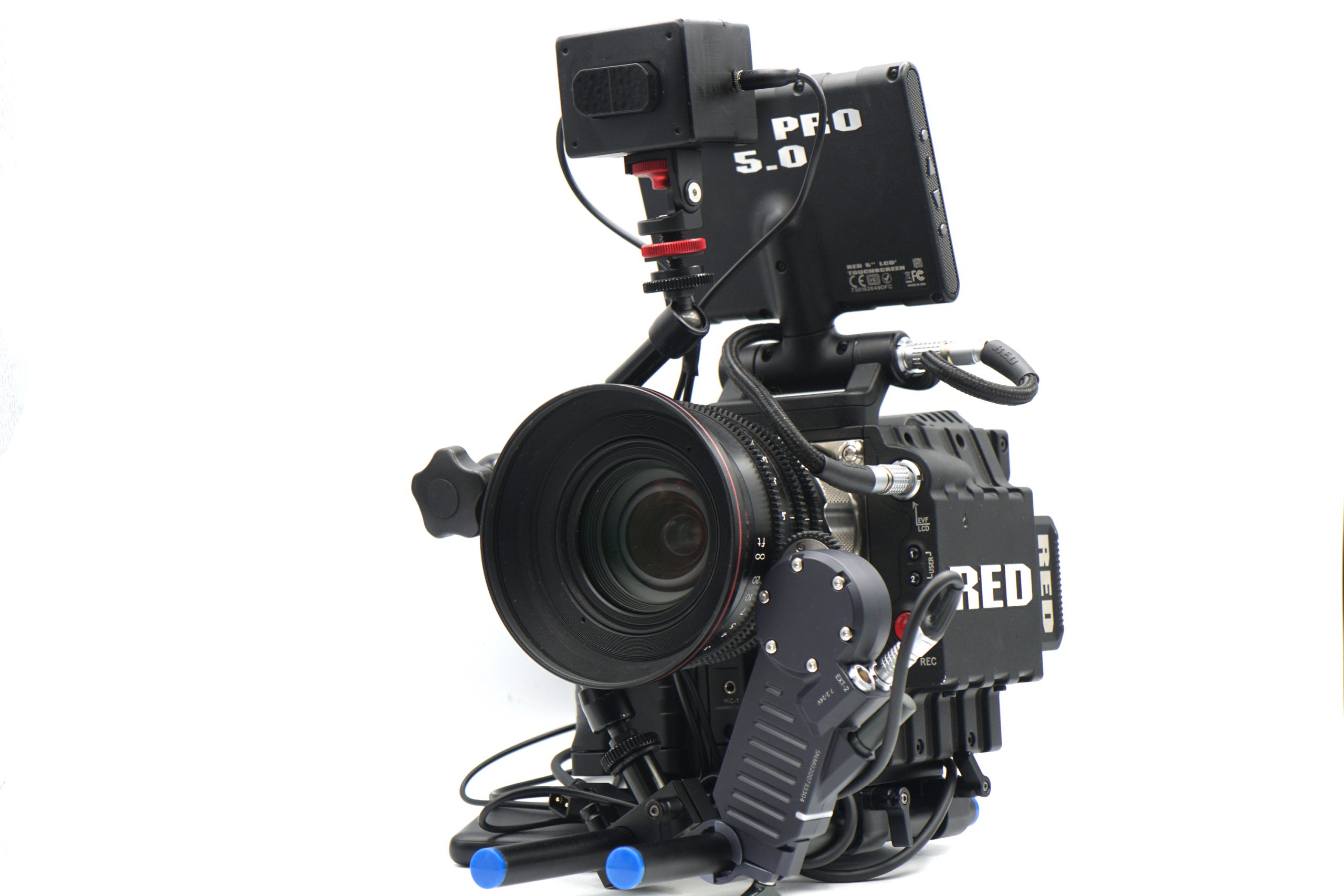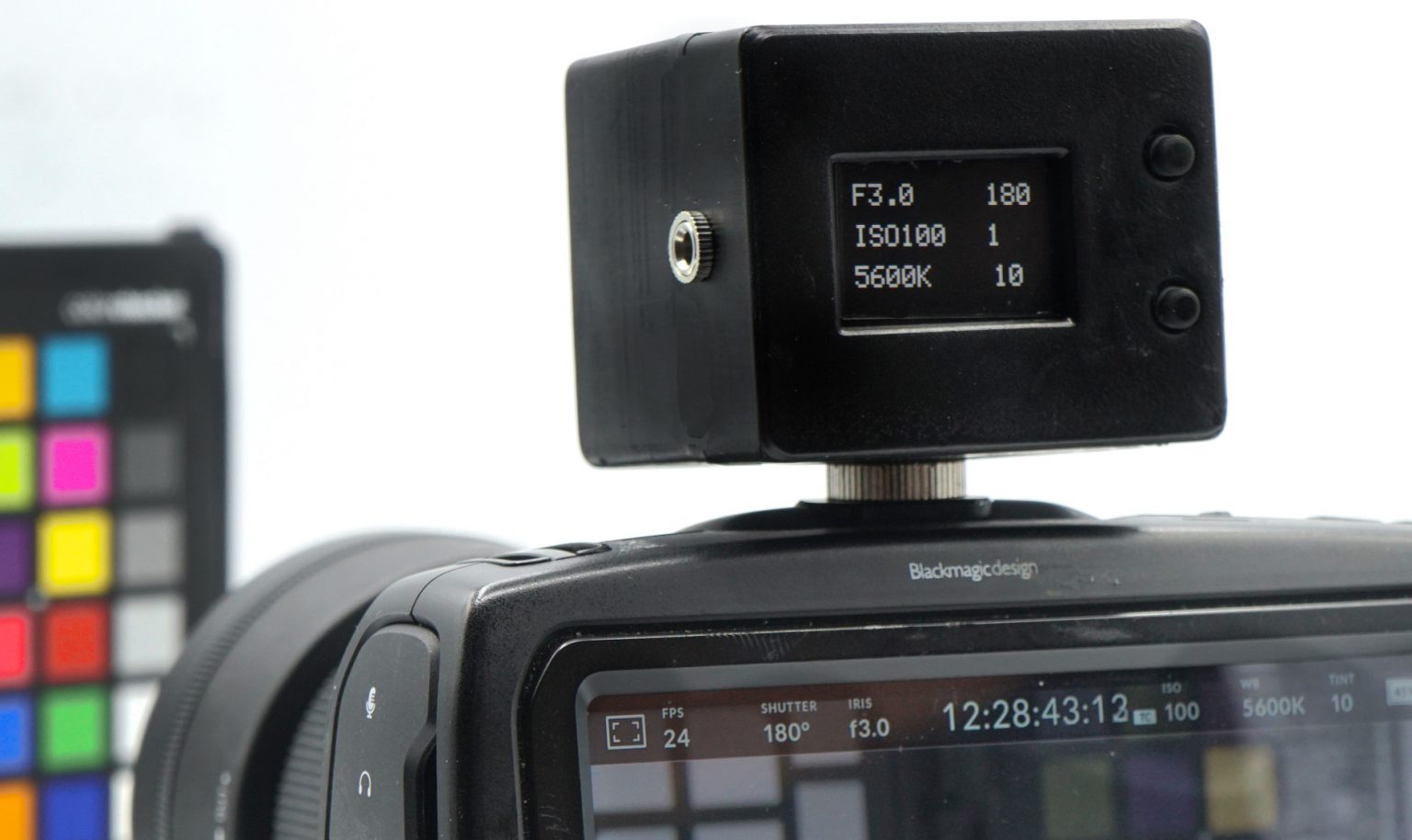IndieGoGo Campaign for the AFX module
CDA-TEK / AFX official topic on the EOSHD Forum (ask us questions, and give feedback!)
The CDA-TEK AFX module is capable of autofocus in pitch black dark conditions and in low light so extreme, even Dual Pixel AF doesn’t work. In this Q&A with the creator, we bring you a deeper look at the technology and how the AFX module is designed to be used by filmmakers.
The AFX unit is available to order now at IndieGoGo for the Blackmagic Pocket Cinema Camera 4K / 6K and in-fact works with any camera or lens due to Tilta Nucleus compatibility. It also acts as a Bluetooth remote control for the Blackmagic cameras. With the Nucleus attached via a special port, you have one of the world’s first affordable autofocus driven follow focuses.
Andrew Reid (EOSHD): At the moment, does the AFX LIDAR autofocus work on a centre portion of the frame? Or does it scan the entire scene and focus on the closest subject to the camera?
CDA-TEK: It works on the central portion of the frame only. However, using the QuadLock functions, you can quickly lock four focus points by pointing the camera anywhere in the scene and then auto transition to them or manually focus to each target. When you manually focus, there is an option to prevent you overshooting the target position so there is a lot of flexibility there. We are keen to stress that the AFX is a suite of tools to help focusing tasks rather than just the headline feature of providing AF to camera/lens combos that don’t have it natively.
Andrew: In future will you be doing more work on the A.I. features I saw earlier – like object recognition, face detection and selection?
CDA-TEK: Yes, part of the decision to incorporate the PBC into the AFX rather than the AFX to be an accessory to the PBC as we’d originally planned was to make the AFX the new hub to which we can connect add-ons. Obviously, the A.I. option that you had a preview of last year is the first add on that will be coming and it won’t be too far behind the release of the AFX.
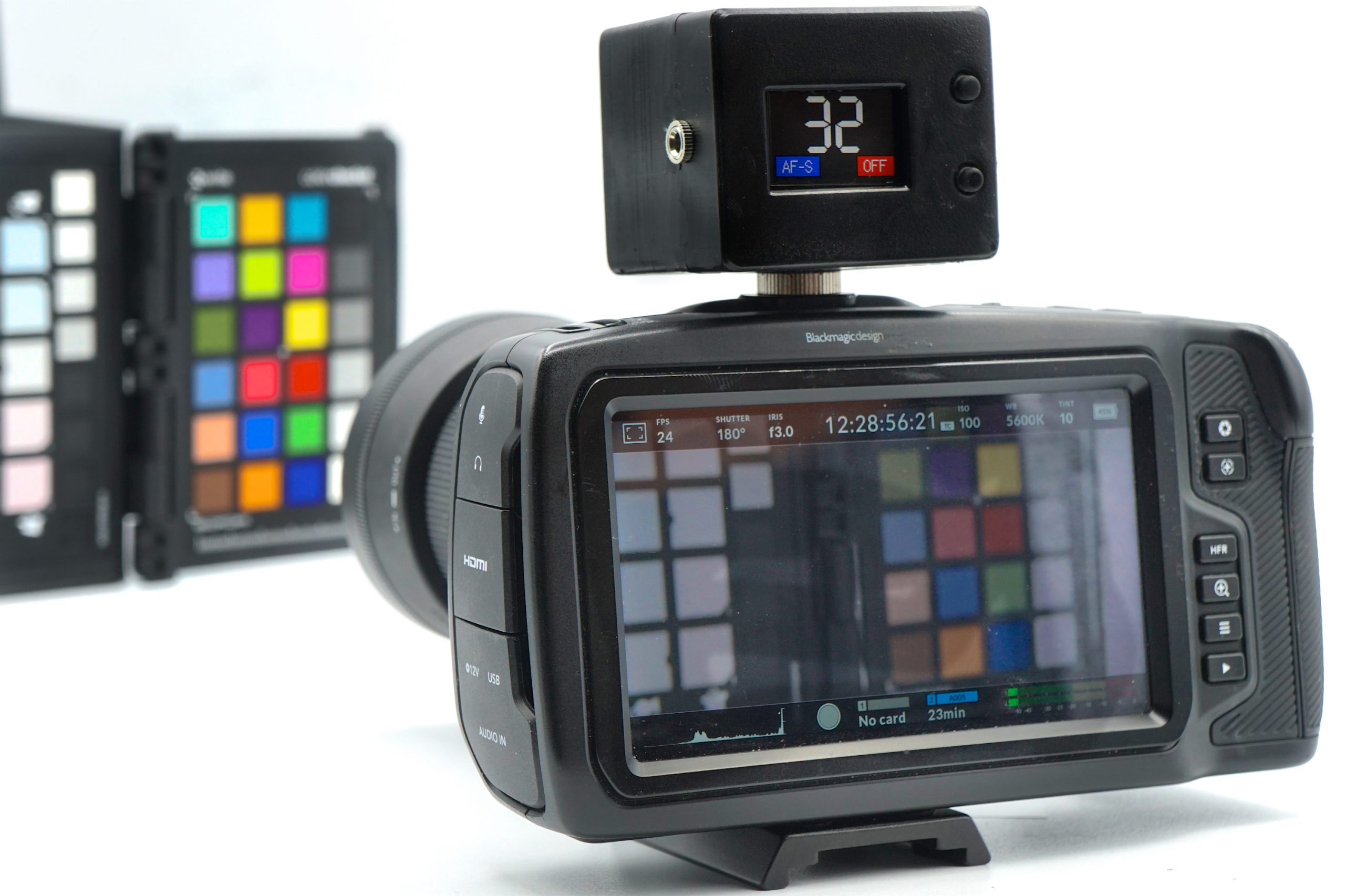
Andrew: Can the AFX module track a subject that is completely out of the frame and have them in focus even before they enter?
CDA-TEK: No, that is where the AI add on will come into play. This video, which we recently teased is actually using our A.I. add on linked to the AFX.
In the video you can see three different modes.
The first one is a centre area biased AF-C which auto focuses when it detects a face in that area.
The second on is a centre areas biased AF-S which will only move to a detected face when the trigger on the controller is pressed.
The final one is the wide areas AF-C which auto focuses on a face anywhere in its field of vision (which can be wider than the camera) so this will provide the pre-focus functionality.
Andrew: Does the AFX black box have to be precisely aimed forward or can it be off by small amounts and still work fine?
CDA-TEK: It measures whatever you point it at so whilst the basic answer to the question is “No, keep it pointing centrally” there are creative and practical possibilities that benefit from breaking that rule. For example, if you want to focus on a person off the side of the frame then momentarily point it at them in AF-S mode to establish focus before you start rolling. If you want to put the AFX on top of a small handgrip and have someone puling focus by pointing it at subjects then that would work too. All that you have to observe in terms of “rules” is that the you respect the position from which you calibrated the lens to the distance, so don’t go standing five metres behind the camera and expect it to accurately focus. But by the same token, if you do want to stand five metres behind, or above or even in front of the camera then its is a couple of minutes to re-calibrate the lens and away you go. Another creative use of it during setup is to pick it up, which is the beauty of it being battery powered and wireless, and point it from the subject back to the camera lens so it acts like an incident light meter but for focus.
So there are a lot of different, and new, possibilities with this which is why we encourage everyone to consider it in the round as a system rather than just the headline feature.
Andrew: What type of USB port is present on the AFX?
CDA-TEK: USB-C
Andrew: What is the battery life of the AFX and charging times?
CDA-TEK: Subject to final performance testing but conservatively at least two hours with a one hour charge time.
Andrew: Can the AFX module be used whilst charging via USB from the camera?
CDA-TEK: Yes, it can be powered and simultaneously charged from any USB source.
Andrew: Does it support firmware updates via USB?
CDA-TEK: As with the PBC, it does firmware updates over wifi from a PC/Mac web browser so no special software required.
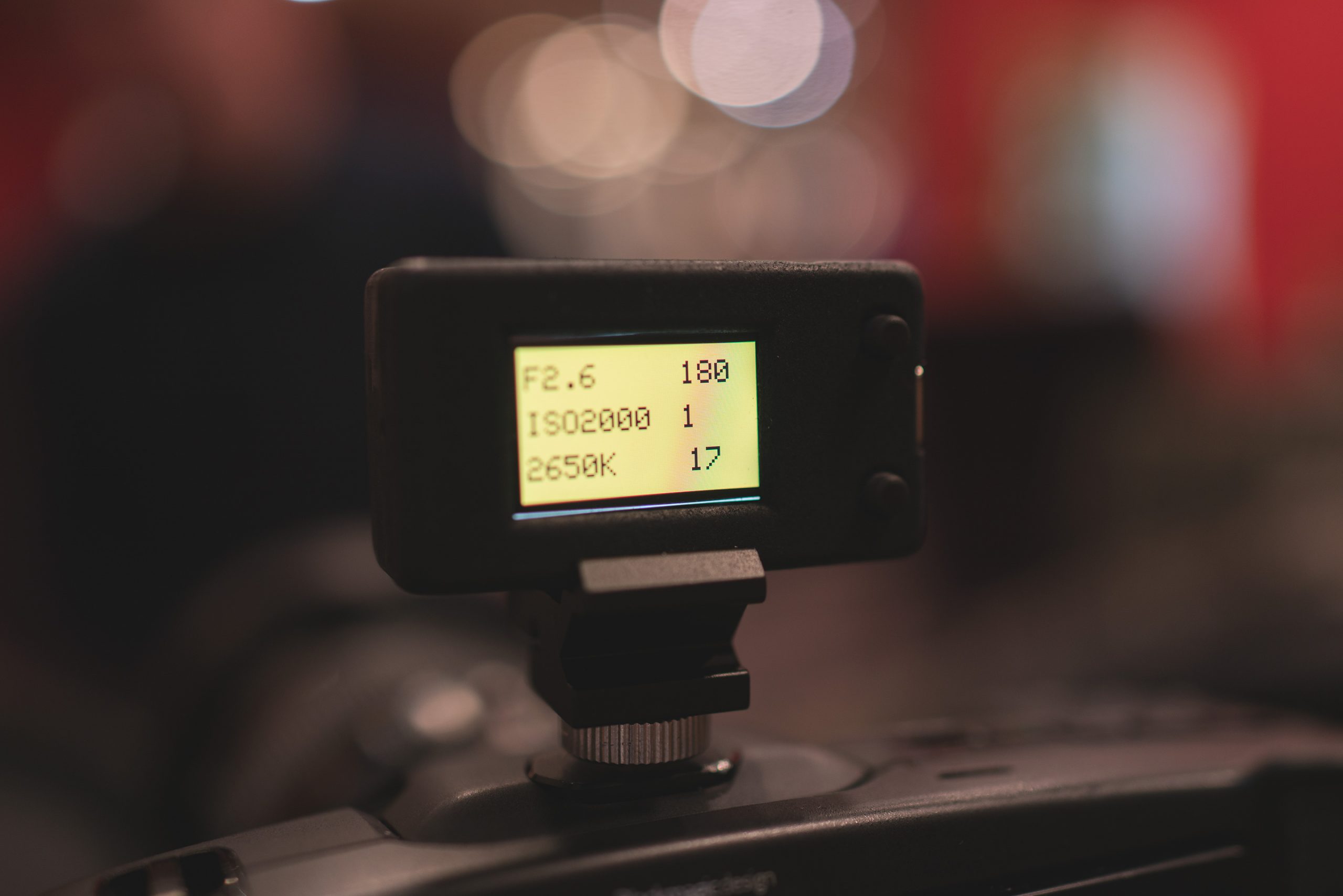
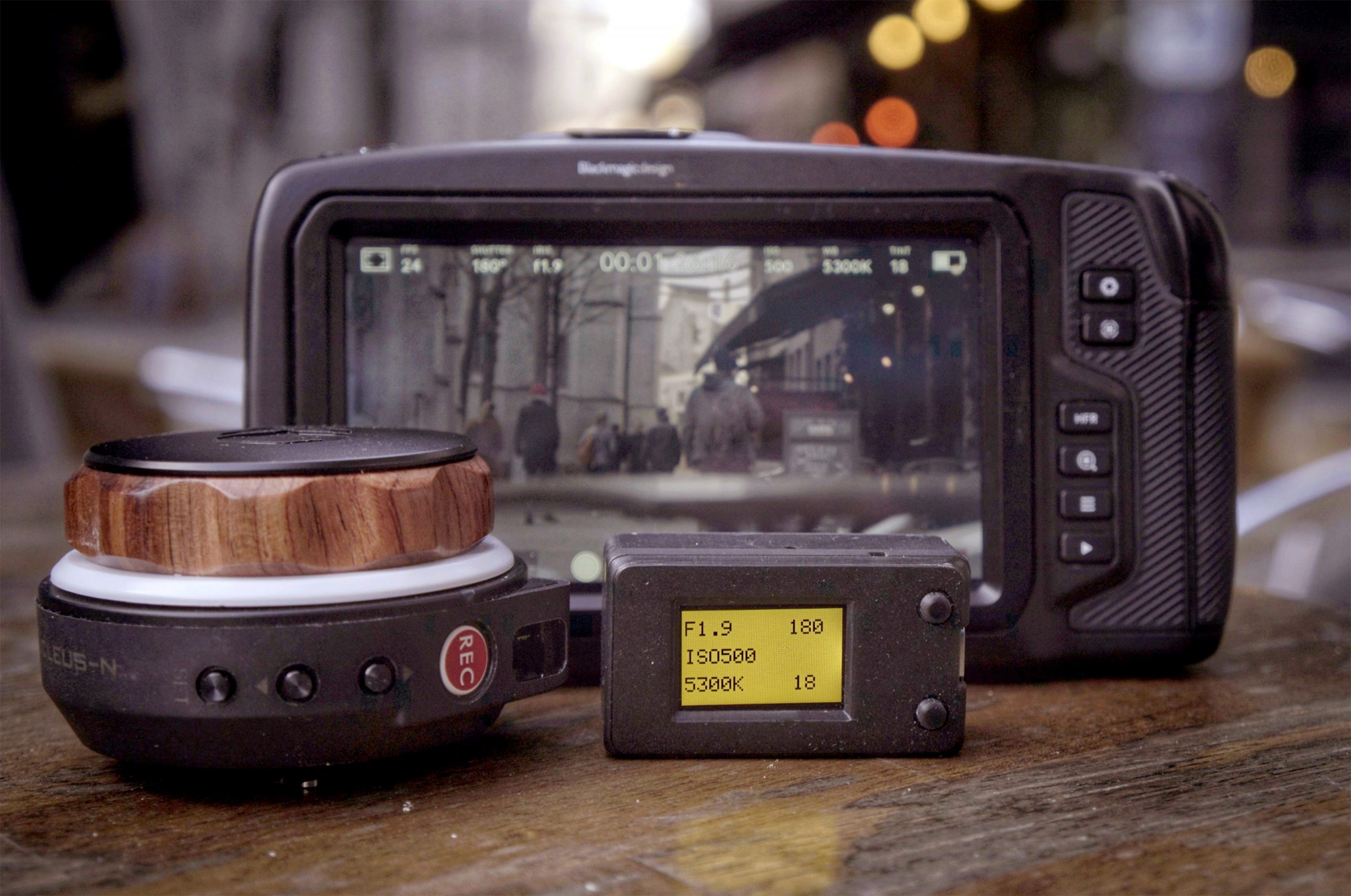
Above: The original PBC unit by CDA-TEK for Blackmagic cameras
Andrew: Regarding the built in PBC functionality – is this the same as the previous PBC (Pocket Bluetooth Controller)?
CDA-TEK: Yes, it has all of the same functionality of the PBC with the additional advantage of being able to control camera parameters from the included small BLE controller. The Hybrid mode with control over BM camera parameters over BLE and focusing with the motors is obviously an enhancement over the PBC.
Incidentally though, the PBC will shortly get a firmware update that will enable the use of the small controller with it too.
Andrew: Are there any plans to bring the AFX to other cameras such as the Sigma Fp, Panasonic GH5, Leica SL, or Panasonic S1H?
CDA-TEK: What makes the BM cameras ideal on the camera parameter side is the use of BLE (Bluetooth Low Energy) rather than wifi. There are also some other drawbacks regarding focusing differences but the Hyrbid mode would be interesting. We do have controllers that we have developed for Panasonic, Leica, Sony and, latterly, Canon cameras so the possibility is there to make an add one wifi module. Which is a roundabout way of saying maybe.
Andrew: Have you any favourite Micro Four Thirds lenses which work best with the AFX on the Pocket 4K?
CDA-TEK: I don’t have any that I hate thats for sure! The PanaLeica 12-60mm F2.8-4 is very snappy but having said that I was using the old Panasonic 20mm F1.7 yesterday and it is slower but it has a ramp to it so its more natural looking even when the transition time is set to 0 for example. I have to say though that with the Hybrid mode, the Meike 25mm micro cine prime is very nice indeed.
Andrew: Same question – EF lenses on the Pocket 6K?
CDA-TEK: Well I can tell you the ones I don’t particularly like which are the Canon 50mm f1.4 and 50mm f1.8! There is a big variance in the number of positions the EF lenses can move to and these two are actually pretty coarse in comparison to say the venerable Sigma 18-35mm f1.8 which has not far off ten times as many discreet positions. This doesn’t necessarily make those two lenses unusable but its created a lot of headaches for us creating calibration procedures to deal with these variances as it also did with the PBC. There are many people who say they would have preferred to see the Pocket 6K with an MFT mount and on this basis alone I agree with them!
Andrew: In very low light or even pitch-black darkness the AFX LIDAR still works where even Dual Pixel AF would give up…
Yes, the video (above) is a demonstration of using the AFX to focus in complete darkness along with a replay of it with the exposure cranked up to show there wasn’t any trickery!
One of my favourite Muhammad Ali quotes is him describing how fast he was and he said “I’m so fast that last night I turned off the light switch in my hotel room and was in bed before the room was dark.” so we should call it “Ali Mode”.
Andrew: Do you think the AFX module could be made to work with Magic Lantern on Canon cameras?
CDA-TEK: Well, as you know, since “Timergate” we delved into controlling Canon cameras in a lot more detail so its another maybe.
Andrew: Please tell us a bit about your day and how you develop the product yourself, the coding side?
CDA-TEK: Obviously lot of the day is taken up with coding and testing. Not necessarily just the “did that actually compile and not completely kill everything else” type of testing but more of the how does this idea work in practical terms type of testing. Making some components and code do something that I want it to do for me as a camera user is one thing but turning that into something that is then usable for other people is a different issue. There is also a lot of component evaluations and prototyping of how their overall integrations translate into workable and affordable products. There are usually at least two different parallel versions of the same product concept happening and then at least one other different product concept happening which will also have a couple of parallel versions of. Often the development focus will get swapped between the different products out of necessity due to lead times of components changing so you hit a brick wall on that front so need to keep working but also because of sometimes needing to step back to see the wood from the tress and have a re-think.
The COVID situation has proven particularly taxing for the former but also for the latter too.
Aside from that, I’d be lying if I didn’t say that a significant portion of the day is taken up watching vlogs from owners of pet otters in Japan !
Andrew: Would you consider a premium version for Arri and RED shooters?
CDA-TEK: Yes, its under consideration. Particularly as the Hybrid mode for RED offers some interesting possibilities.
